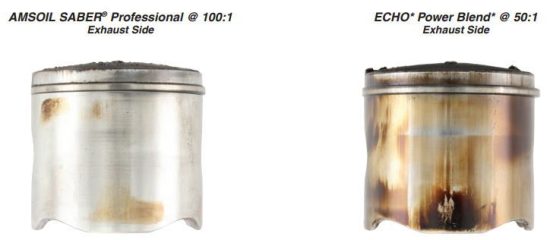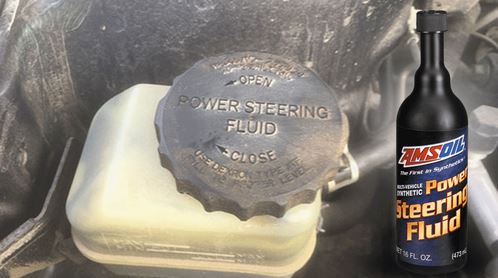Why are There Different Two-Stroke Oil Mix Ratios for Chainsaw Oil John Baker|Jun 20, 2017 8:36 AM Swamp mix. That’s what you call a concoction of two-stroke oil and gas that’s been slopped together with no measuring tools and no regard for engine protection. Your chainsaw or string trimmer could be running on a 50:1 […]
You are browsing archives for
Category: Maintenance
What Causes Engine Oil Oxidation?
The Dynamics of Engine Oil Oxidation John Baker | Aug 7, 2024 10:59 AM You guessed it, the key ingredient to engine oxidation is oxygen. Oxygen comprises about 20 percent of our atmosphere. It’s the third most common element in the universe. Without it we’d all be doomed. And yet too much of it can […]
Prep Your Vehicle Now for Your Summer Ro...
August is the summer road trip month! Grease up! Get that car ready Driving is part of the fun! Not the repairs and credit card charges. A summer road trip should bring good memories, not car trouble. by Brad August 2024 Alright, lets get down to the nitty gritty!! Tools, spare parts and maybe some […]
Top 5 Skid Steer Maintenance Tips
Top 5 Skid Steer Maintenance Tips _by David Hilgendorf|September 29, 2023 Skid steers are built for tough construction, excavation, agricultural and other professional projects. Whether you’re clearing land, moving rocks or tearing down a wall, a skid steer is an excellent piece of equipment for many different jobs. But these nimble machines can be expensive […]



